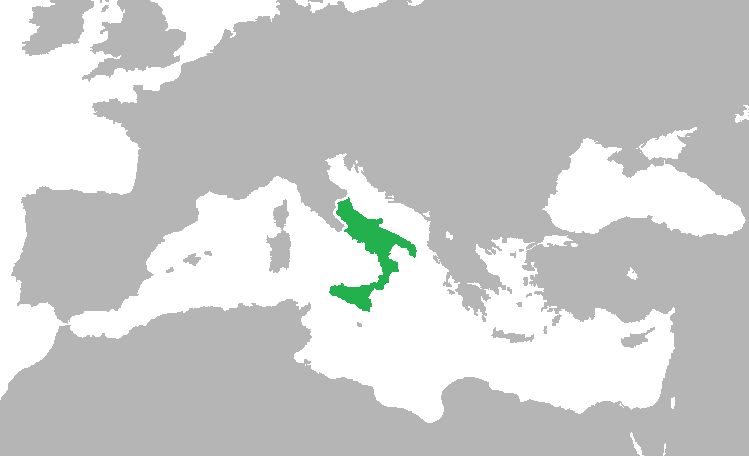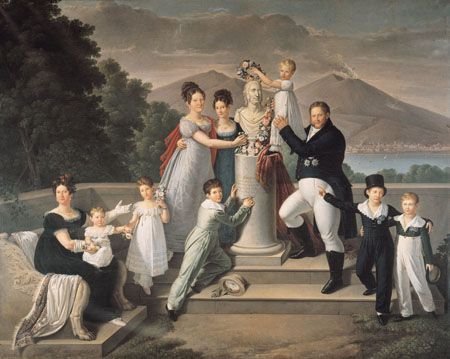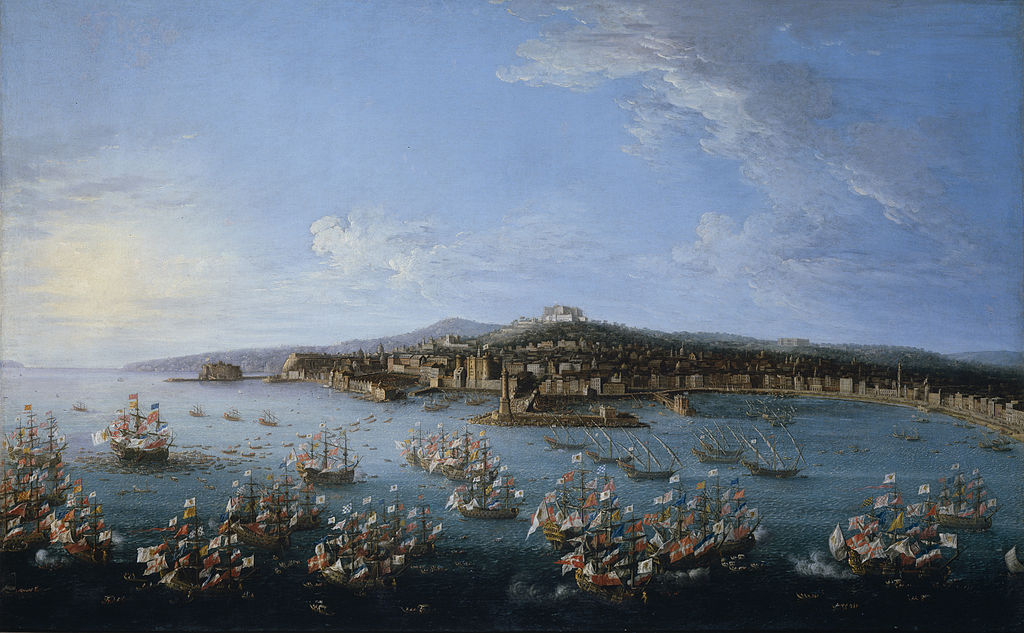“First of all..i’m sorry for my bad English.. Really.
I want to tell the true history of my land, the untold story in italian school books. Why ? Because corruption, intellectual dishonesty, racism, in the same state, are so high to hide uncomfortable truths. Also today in 2018. Italy was made with the robbery and destruction of my land: Southern Italy.. It was a genocide, just 157 years ago”.
At the same time, i’ld like to publicize with pics and videos the beauties of my city, land; advice for some trips”.
Map

Once upon a time there was a Kingdom, with Naples capital, which included all the lands of Southern Italy, led by the then ruling dynasty: the Bourbon. The Bourbon inherited a very ancient centuries-old history (southern Italy became "state" in 1100, Naples became the capital in 1200), a territory culturally united, perhaps, since the days of “Magna Graecia”.
It wasn't the valley of Eden but it was making great strides forward. In a short time, he began his journey towards the future; had it is development with strengths and weaknesses and, above all, achieved a series of records, almost all economic and positive that suddenly, with the Unity of Italy, all became negative.
Which kingdom is it? The kingdom of the Two Sicilies.
In particular, the Kingdom's economy was developed by the King's decision to distribute the land to the peasants (the nobles get angry); he did not abolish the "fief" so every farmer became a feudal lord of himself paying, in word, to the king the tenth part of the value of the production made each year.
If for three years the farmer did not cultivate the land, he lost it because it was redistributed to the community. So, at least at the beginning, a society develops in goods and capitals (with the unity of Italy the latifundia develops: the lands of the peasants and of the clergy are auctioned; the barons previously expropriated by the Bourbon resume it. Peasants become workforce: the exploitation of the land).
Dinasty

In the following decades other sectors developed, for example: Southern Italy, up to 1860, had enviable data from the point of view of the industries, of the workers at work. They were on average, if not even higher, than those of the other Italian regions.
First of all, we can remember: 1)Mongiana, in the Calabrian Serre, which was the richest mining and iron and steel district of the Kingdom of the Two Sicilies and of Italy (with 950 employees in 1850 before the Italian unit, and then reduced to a dozen guardians in 1873, after the unity ... see "Noi, i Neoborbonici" by G. De Crescenzo) true excellence with its know-how and induced of the time; 2) the metallurgical workshops of Pietrarsa to Portici, Naples (with over 1.000 employees before Italian unification, reduced to one hundred after ... see “Noi, i Neoborbonici" by G. De Crescenzo).
At the International Exhibition of Paris in 1856 (only six years before the unification of Italy) the Kingdom of the Two Sicilies was awarded as the third Superpower of the era, behind England and France. With the unification of Italy begins the decline of the kingdom: more than 5.000 factories present throughout southern Italy were dismantled, closed and unemployment began to emerge.
It’s important to remember that in the Kingdom there was twice the gold of all the Italian banks put together, in particular the total of the coins of the ancient Italian states at the time of the unit amounted to 668.4 million and were divided as follows: Kingdom of the Two Sicilies 443.2 million, Lombardy 8.1 million, Duchy of Modena 0.4 million, Parma and Piacenza 1.2 million, Rome 35.3 million, Romagna Marche and Umbria 55.3 million, Sardinia 27.0 million, Tuscany 85.2 million, Venice 12.7 million (see " The Savoy and the Southern Massacre "A. Ciano, ed. Grandmelo); still: the first railway was built on Italian soil: Naples - Portici (remembered by the connivents of the official historiography as "game of the King."); the naval fleet was developed to such point as to become the second in the world by number of ships (behind only the British one) and to guarantee flourishing and numerous commercial exchanges throughout the world; the highest number of hospitals; the lowest level of infant mortality; 5.500 schools out of 1.500 districts (after the first year of national unity 850 schools were closed), academies in which some important lessons were born (archeology, seismology, anti-seismic construction, political economy). In this kingdom, everyone had a job. Unknown emigration. This phenomenon was already known in the other pre-unification northern states of the peninsula (over 200,000 emigrants between Como and Genova and large numbers also from the Duchy of Parma).
A view of the Capital

Instead, southern Italy received people. These lands were the object of immigration also coming from foreign countries (as from advanced England), the men came to the kingdom to find a job thanks to the economic, artistic and cultural development of it. Basically, this great development was made by good administration.
See you on the next episode.